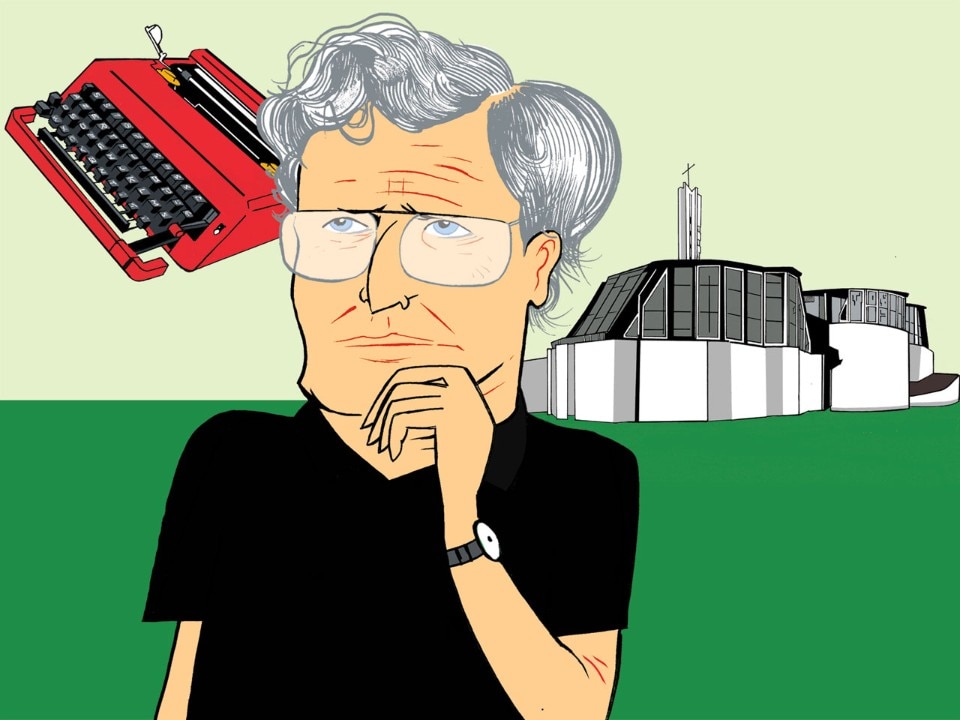Professor Burkhardt, as he was always affectionately known in the editorial office, was born on 16 April 1936 in Switzerland, under the sign of Aries. His idiosyncrasies were that he preferred to write by hand, hated mobile phones and did not drive. An elegant presence with a thick blonde mop and a smile, he rolled his r’s and championed a multidisciplinary approach – always with great aplomb. His secret tools were planning and in-depth analysis, Teutonic organisation with an ever-present smile. His firm grip and openness – he placed huge trust in his close-knit team – resulted in collector’s issues, such as the two at the turn of the millennium providing a rational before and after gaze, and on anonymous design. Affording equal dignity to all the arts, he gave them carefully pondered space on the cover.
Piece of architecture: Alvar Aalto’s Vuoksenniska church in Imatra, (1959). It combines three technical and psychological themes: acoustics, light penetration and organic development within a casing. Its complex forms are harmoniously inserted into each other, turning three constructions into a perfectly flowing whole. There can be no freer way of thinking architecture.
Design object – Ettore Sottsass’ Valentine portable typewriter (1969). Sottsass described it as a design object available to all. It also introduced a new Pop Art-like aesthetic into industrial design. It was the last beautiful avant-garde mechanical object for the office before the electronic era arrived.
Work of art – Frederick Kiesler’s gallery design for the “Art of This Century” exhibition (1942) at the New York Guggenheim. In his design, Austrian architect, artist and designer Kiesler showcased a number of techniques he had invented to achieve excellent spatial perception – re the works but also in terms of educational museography. His spatial concept is dynamic because it addresses and mobilises all the human senses. In this exemplary work, Kiesler demonstrated the interdisciplinary concept in which architecture, interior architecture, design and art are linked in a concept of correlation.
Book – Ernst Bloch, Freiheit und Utopien – Abriss der Sozialutopien (1969) and, by the same author, The Principle of Hope, written during his American exile, 1938–1947. The two books focus on how utopias can deliver freedom, guarantee democracy and form an ideal society. They highlight the need for reference models with which to compare the existing situation, with a view to improving the status quo via planning.
François Burkhardt
Domus: 1996–2000
Art director: Giuseppe Basile
Deputy editors: Dietmar Steiner (architecture), Juli Capella (design)
Special correspondent: Pierre Restany


